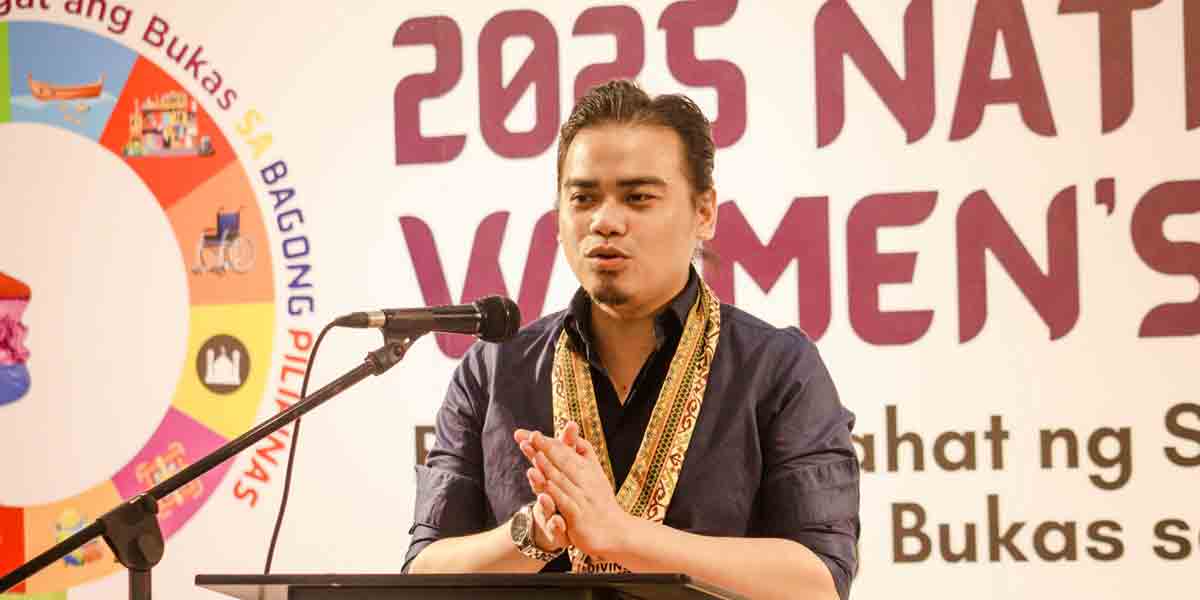By Sensei Adorador
The recent incident of a teacher publicly apologizing for copying a student’s work sheds light on a troubling issue in academia: the practice of appropriating students’ work and claiming it as one’s own. This behavior, which often goes beyond simple copying to outright theft, is driven by a metric system that incentivizes researchers with higher ranks and financial benefits to publish more studies. The teacher involved is just one among those teaching in 1,917 higher education institutions across the Philippines.
The pressure to “publish or perish” and the influence of the metric system contribute significantly to plagiarism. This issue extends beyond higher education institutions to the Department of Education, where the country’s focus on research reveals that not everyone is capable of conducting proper research despite undergraduate and graduate training.
Thesis advisers are often heavily involved in this practice, using their advisees’ studies in paper presentations and research publications. Undergraduate students view their thesis as a path to graduation, creating an opportunity for advisers to capitalize on their mindset. Advisers may modify research problems, tweak titles, and change participants to publish work under their names. The recent case exemplifies academic dishonesty, as an adviser published a student’s study without the student’s consent.
I recall a joke within the university about advisers who always include their names in students’ theses for research presentations. The joke, “kasama ka ba sa nag-graduate?” or “ikaw ba ang gumawa ng buong thesis?” speaks to the significant role advisers play in the thesis process, even though their primary duty is to guide, not complete the work.
Some faculty members have remarked that advisers “daig pa ang Tsina sa pagkopya ng obra ng estudyante,” comparing the level of imitation in student work to Chinese practices. Aristotle suggested that art imitates nature based on techne; in his Nicomachean Ethics, techne refers to production aimed at achieving good and forming an end. This imitation is often linked to Chinese culture, as previously mentioned.
Liz Jackson’s 2022 research noted the tendency of Chinese students to plagiarize due to historical and cultural antecedents. In Imperial China, the examination system determined entrance to civil and diplomatic service, where memorization and copying were the norm. Paraphrasing or changing source material was seen as inaccurate, especially with famous or classic works. Additionally, stating one’s own views was discouraged, as knowledge was viewed hierarchically; personal comments were unwelcome, and deference to experts was expected.
Although stealing is immoral, if knowledge is external to you and workload is high, plagiarism may seem acceptable. Hung’s research introduces the term “shanzhai,” which literally means “mountain fortress” but in contemporary Chinese usage refers to copying, faking, mimicking, counterfeiting, and imitating. It is well-known that China produces shanzaied versions of everything, from phones to shoe brands, clothing, architecture, and even restaurants.
It is a common joke among Filipinos that when they encounter mimic products, they say it is “made in China.” This phenomenon is driven by the pursuit of profit over quality. There is this version of shanzhai in Kinaray-a, the term “ilug/irug” refers to copying the flow and concept to make something appealing.
This shanzaied phenomenon is present among students and teachers in academic research. Students highly value their teachers’ authenticity, identity, and originality of craft, while teachers expect the same from students. Nevertheless, these traits are continually developing, and plagiarism becomes the key for those who can’t wait. Academic plagiarism poses a significant risk of deconstruction and erosion of university identity and integrity.
The teacher’s public apology on social media does not erase the digital footprint of dishonesty. Given the widespread academic dishonesty, why isn’t there the same level of outrage over government deceit? We condemn it, yet we perpetuate it. Is this the legacy we want to pass down to the next generation—the Shanzhai way?
















